
Product information
Marchesi di Grésy Barbaresco ‘Gaiun Martinenga’ MAGNUM 2016
$695
Description
The fruit here is epic, a lift in sophistication, the extra year making a significant difference to fruit expression, long with beautifully weighted shape. Take a swig and all of sudden it hits your mid-palate and explodes to life. As with the Barbaresco Martinenga it needs time and air for that lick of oak to resolve revealing its full potential. The Gaiun has a step up in power and deep with layers of exceptional ripe grape tannin. These almost feel a little more like a Castiglione Falletto from Barolo than a Barbaresco. The Capo Submerso technique used during fermentation and post fermentation maceration comers through with layers of earth, forest floor, and truffle coming through. Richness with delicacy. The balance here is impressive.
Now the trick is to find some older gear and see how these look with a decade in the bottle behind them.
The sub-plot (lieux dit) Gaiun adjoins Asili
Available on back-order
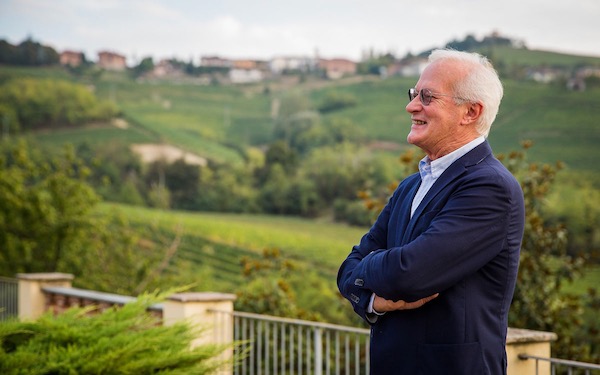
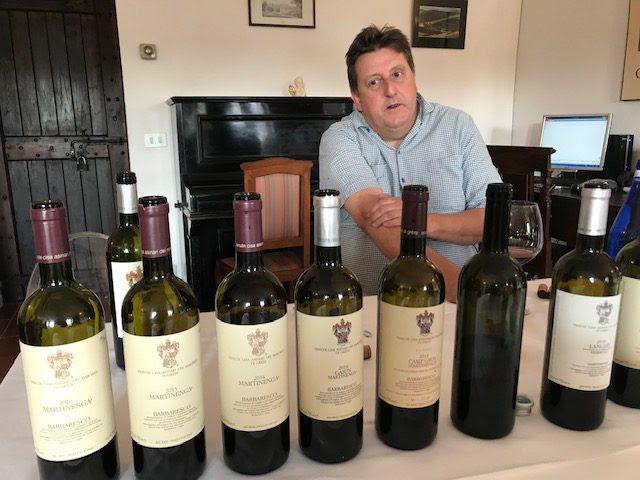
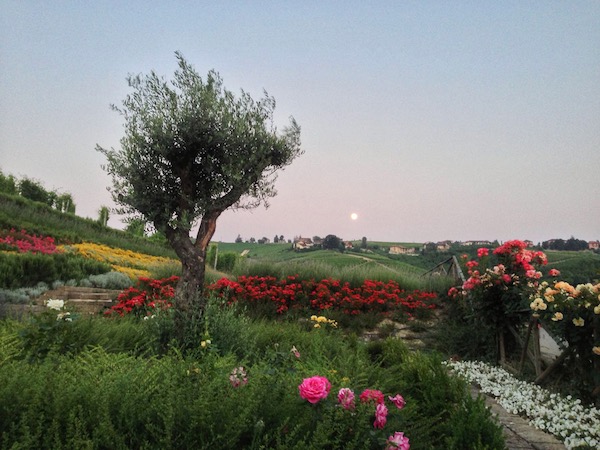
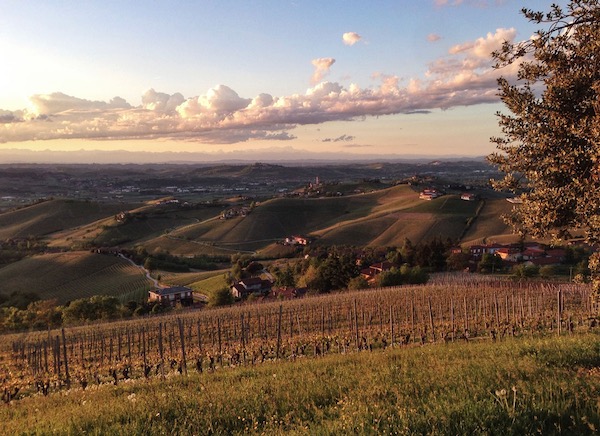
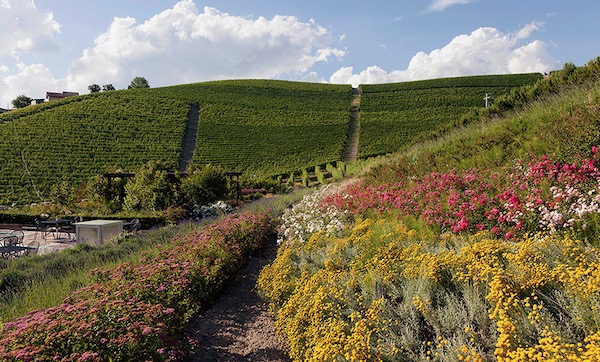
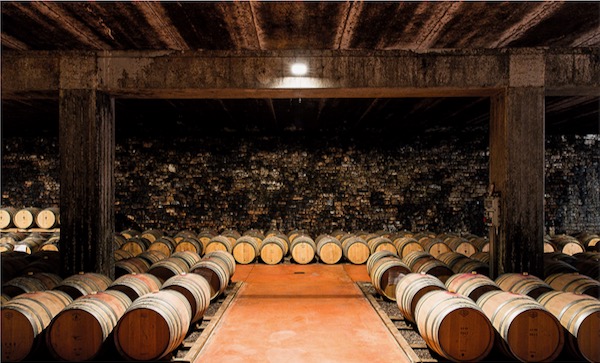
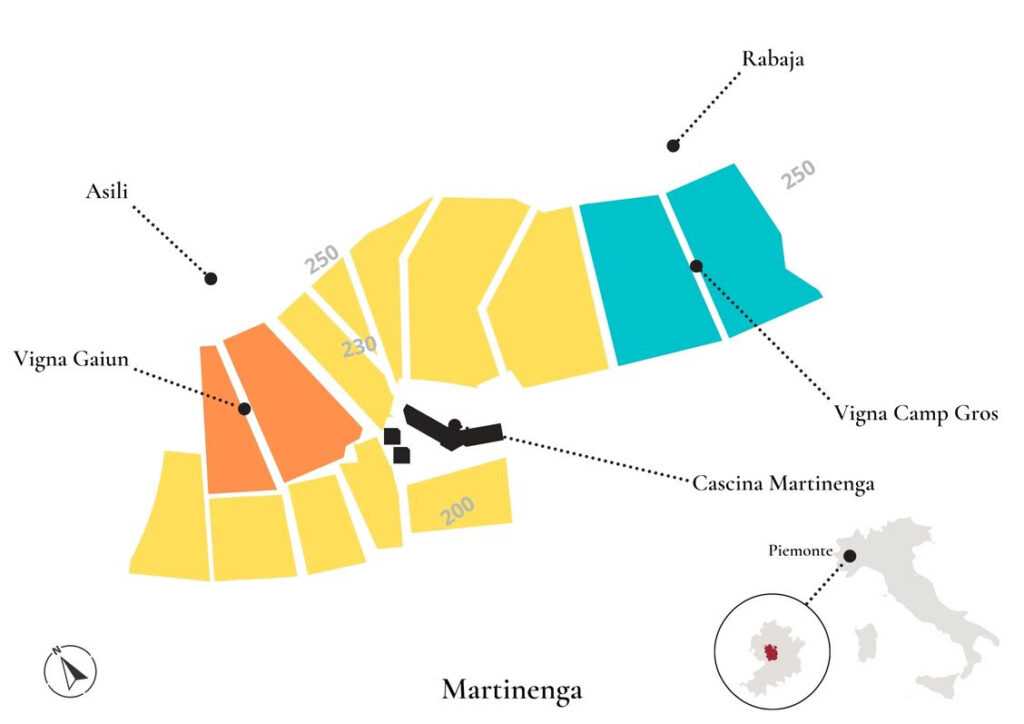
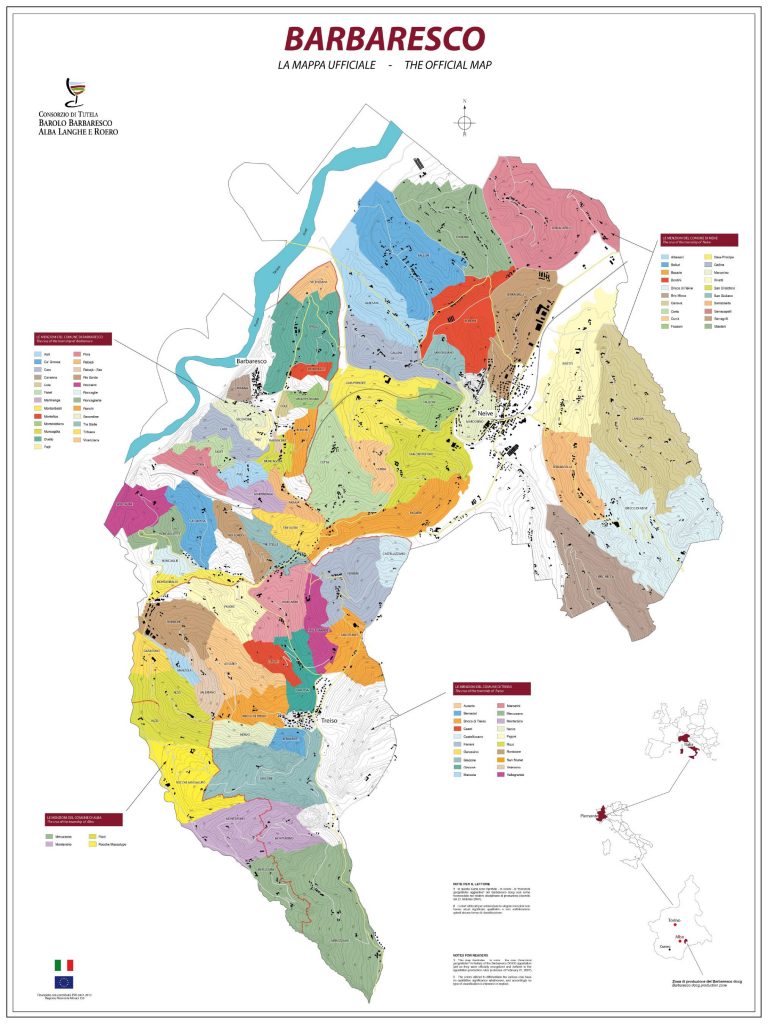
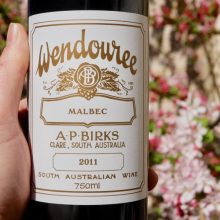
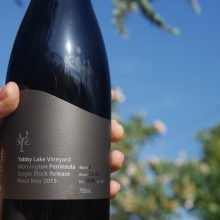
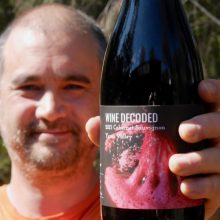
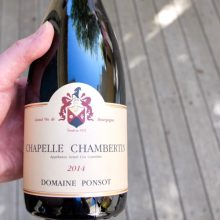
You must be logged in to post a comment.